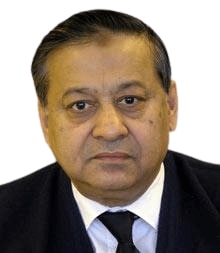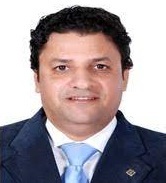Study on Design and Simulation of Temperature Control System

DOI:
https://doi.org/10.54060/JIEEE/002.01.004Keywords:
Green house, Industrialization, LCS, NTCAbstract
Temperature control system is a complicated process which maintains the temperature in a particular defined area to a certain maxima or minima level. In recent times, we are witnessing a rapid growth in industries at global level which has led to globalization and industrialization which further has led the necessary use of the temperature control system and its application in these industries at day-to-day level in manufacturing and maintenance with the increase in the greenhouse effect and depletion of ozone layer. Many factories always maintain a certain area or say a section of operation in their infrastructure that must maintain a range of temperature for process to work successfully. The laboratories of research uncertainly sometimes lack in the use of temperature control system which has further necessitated the use of large chambers of different sizes to perform specific temperature related re-search work which further led to the increase in the cost of re-search work. In certain spe-cific areas there are lot of electronic activities happening or some machinery function like in the server rooms or the area where production plant is, so basically these places work constantly for 24hrs and during the whole day the temperature has to be monitored precisely and frequently so that it can be ensured that the temperature do not instantly rise or fall below the marked temperature which may lead to the acceleration of wearing and tearing of whole system. Living rooms, hospitals, malls, aircrafts etc., are also one of the most important places where monitoring of temperature is required so as to ensure that the thermal comfort is ensured, and thermal comfort here means that the state of mind which feels satisfied with the temperature in the present environment. This is im-portant because if there will be any dissatisfaction with the thermal environment then it can cause the body to be too warm or too by unwanted heating and unwanted cooling of the equipment may further lead to the functional disbalance.
Downloads
References
K. G. Rani, S. R. Kishore, and B. Dhanne, “An intelligent universal remote control for home appliances,” Indian j. public health res. dev., vol. 9, no. 11, pp. 2066-2069, Nov 2018.
S. H. Hosseini, P. Ghobadi, T. Ahmadi, et al. “Numerical investigation of roof heating impacts on thermal comfort and air quality in urban canyons,” Appl. Therm. Eng., vol. 123, pp. 310–326, Aug 2017.
K. Christian and G. Bedford, “Thermoregulation by the spotted tree monitor, Varanus scalaris, in the seasonal tropics of Australia,” J. Therm. Biol., vol. 21, no. 2, pp. 67–73, April 1996.
C. Sardianos, I Varlamis, C.Chronis, et al., “The emergence of explainability of intelligent systems: Delivering explainable and personalized recommendations for energy efficiency,” Int. J. Intell. Syst., vol. 36, no. 2, pp. 656–680, Oct 2020.
D. T. Barus, R. Elfarizy, F. Masri, et al., “Parallel programming of churn prediction using Gaussian naïve Bayes,” in 8th International Conference on Information and Communication Technology (ICoICT), 2020.
M. Anand, S. Fischmeister, and I. Lee, “An analysis framework for network-code programs,” in Proceedings of the 6th ACM & IEEE International conference on Embedded software - EMSOFT ’06, Oct 2006.
A. R. Pazikadin, D. Rifai, K. Ali, et al., “Design and implementation of Fuzzy compensation scheme for temperature and solar irradiance wireless sensor network (WSN) on solar photovoltaic (PV) system,” Sensors (Basel), vol. 20, no. 23, Nov 2020.



























